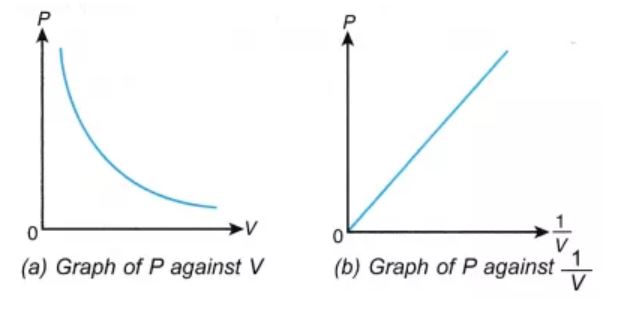A cylinder rolls up an inclined plane, reaches some height and then rolls down (without slipping throuhgout these motions). The directions of the frictional force acting on the cylinder are
Up the incline, while ascending and down the incline while descending
Up the incline, while ascending as well as descending
down the incline, while ascending and up the incline while descending
Down the incline while ascending as well as descending.
B.
Up the incline, while ascending as well as descending
It is obvious that during ascending, a retarding i.e. anticlockwise moment is required. I should be remembered that torque due to friction has the same sense the angular acceleration.







